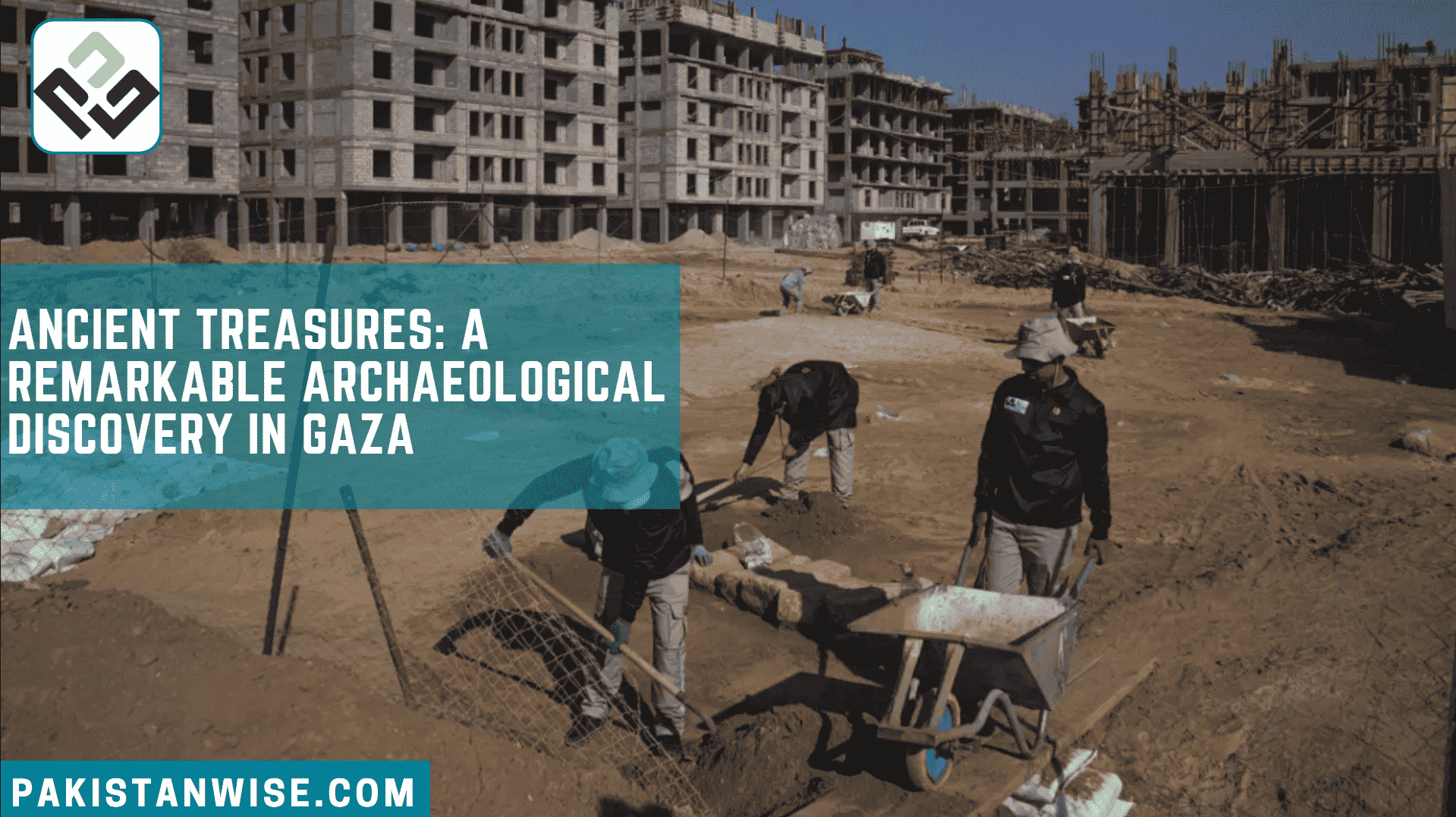In the heart of Gaza lies a Roman cemetery that has recently unveiled an extraordinary treasure trove of history. Last year, a team of dedicated archaeologists, with the support of French organizations, unearthed at least 125 graves, each holding well-preserved skeletons, and an even rarer discovery – two lead sarcophagi. This finding, confirmed by the Palestinian Ministry of Antiquities, has shed light on Gaza’s significant historical value, serving as a vital trading center for diverse cultures from ancient times to the eras of the Roman Empire and the Crusades.
Gaza’s rich historical significance has often been overshadowed by its present-day struggles with poverty. In the past, local archaeologists faced the heartbreaking necessity of reburial due to the lack of resources for proper study and preservation. However, a glimmer of hope emerged when, in February of the previous year, a construction crew, working on an Egyptian-funded housing project, stumbled upon this archaeological gem. This time, the excavation was possible with the invaluable assistance of French organizations.
Notably, the head of the French School of Biblical and Archaeological Research, Fadel Al-A’utul, expressed his excitement about this unprecedented discovery. For the first time in Palestine, a cemetery containing 125 tombs had been uncovered, and in Gaza, a land rich in history, two lead sarcophagi were found side by side – a truly rare and precious sight.
The craftsmanship on these sarcophagi reveals the artistry and symbolism of the past. One of the coffins showcases intricately carved dolphins, while the other depicts elegant grape vines. Al-A’utul’s team, with support from the French relief organization Premiere Urgence International, has diligently supervised the excavation and preservation efforts.
Preserving this archaeological site is of utmost importance to ensure that future generations can connect with their roots and gain insight into the region’s fascinating history. Al-A’utul passionately advocates for the establishment of a museum to display these incredible artifacts, transforming the site into a captivating tourist destination.
The excavation process is no easy feat. A team of around 25 engineers and experts work tirelessly under the scorching sun to meticulously dig, clean, and preserve the ancient skeletons. They also take on the challenge of reconstructing clay jars, an invaluable glimpse into the daily lives of the ancient inhabitants.
Jamal Abu Reida, the General-Director of Gaza’s Antiquities Ministry, emphasizes the profound significance of this discovery. He believes it further solidifies the historical roots of the Palestinians in this region, dating back thousands of years. Despite the challenges posed by the ongoing economic blockade imposed by Israel and Egypt since 2007, a resilient connection to the past empowers the people of Gaza.
Indeed, this archaeological find serves as a poignant reminder of the region’s rich history, while contemporary efforts to establish a Palestinian state in the West Bank, Gaza, and East Jerusalem have encountered significant roadblocks since 2014.
In conclusion, the remarkable discovery in Gaza’s Roman cemetery has unlocked the secrets of a bygone era, connecting the people of today with their ancient ancestors. Through meticulous excavation and preservation, this invaluable archaeological site stands as a testament to the enduring spirit of the region and its people. As the sun sets on the golden artifacts, the hope remains that this treasure will be cherished and safeguarded for generations to come.

